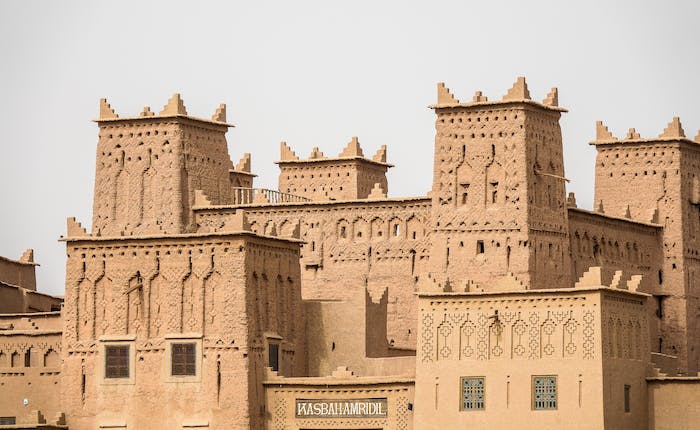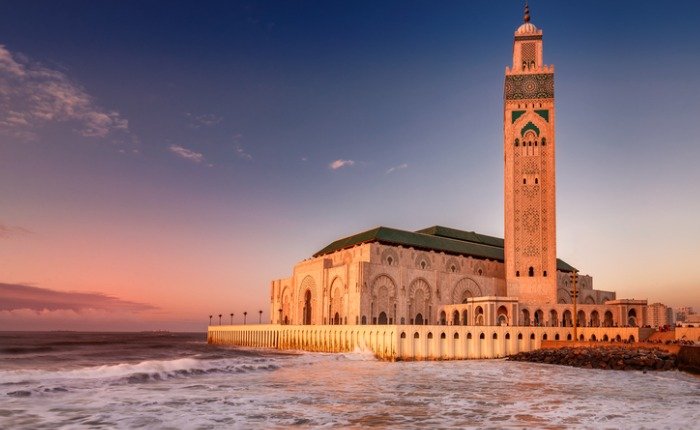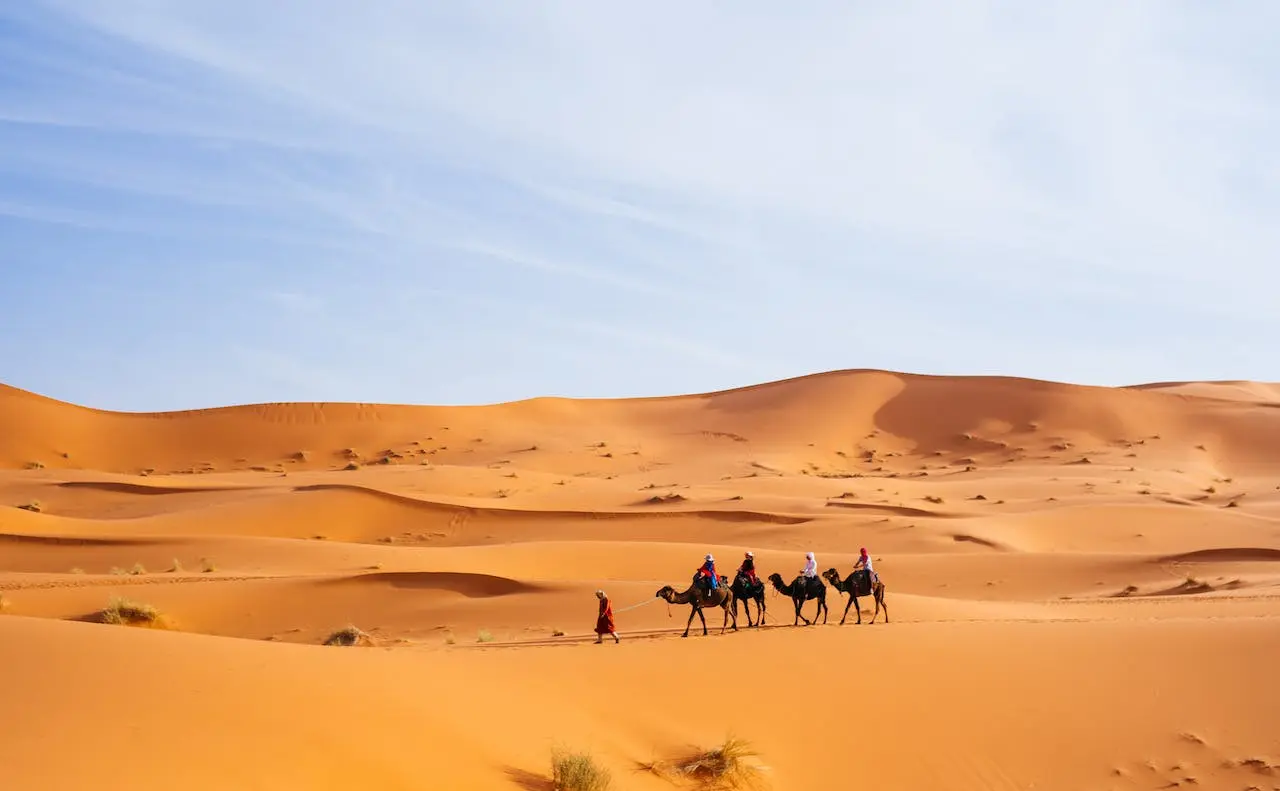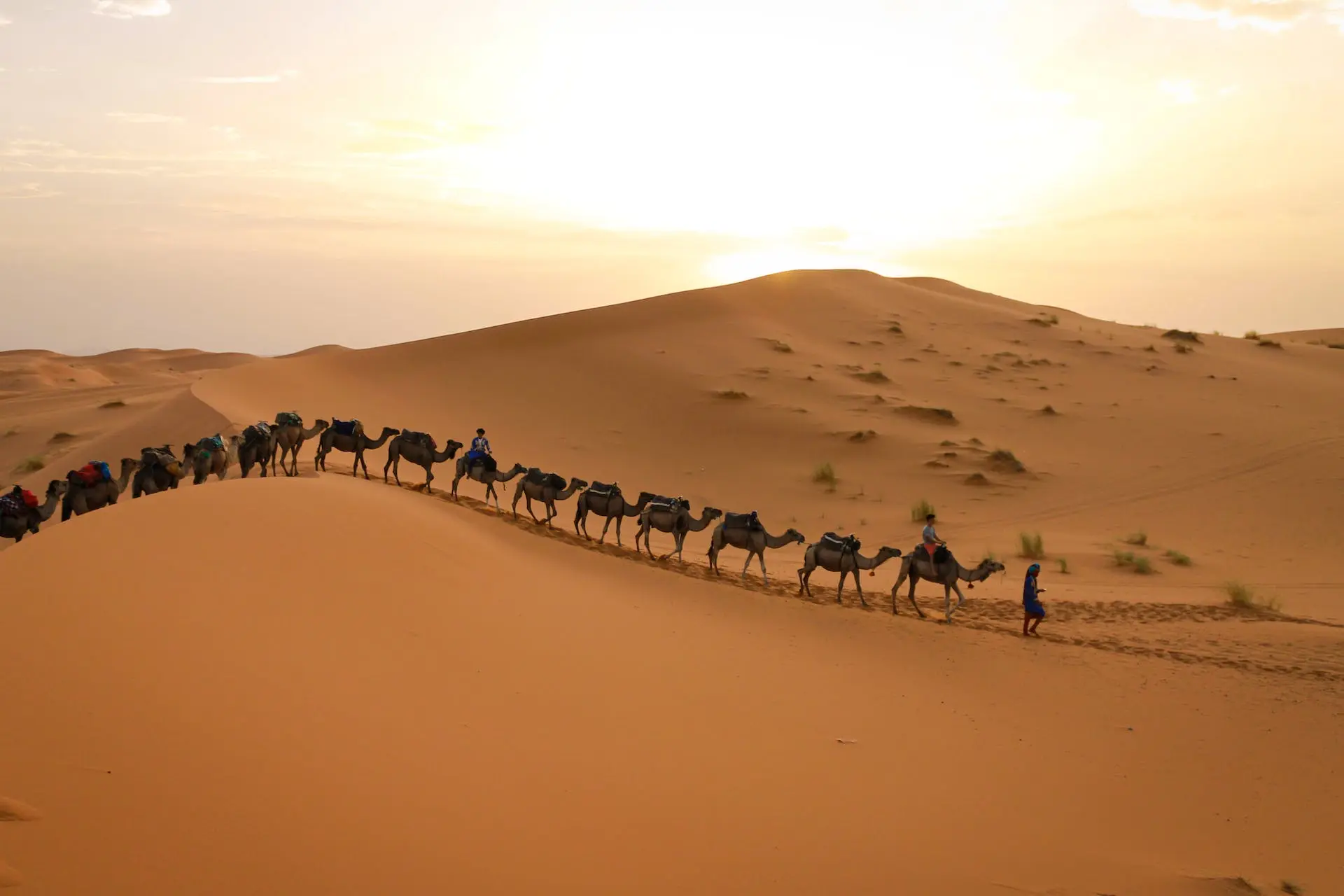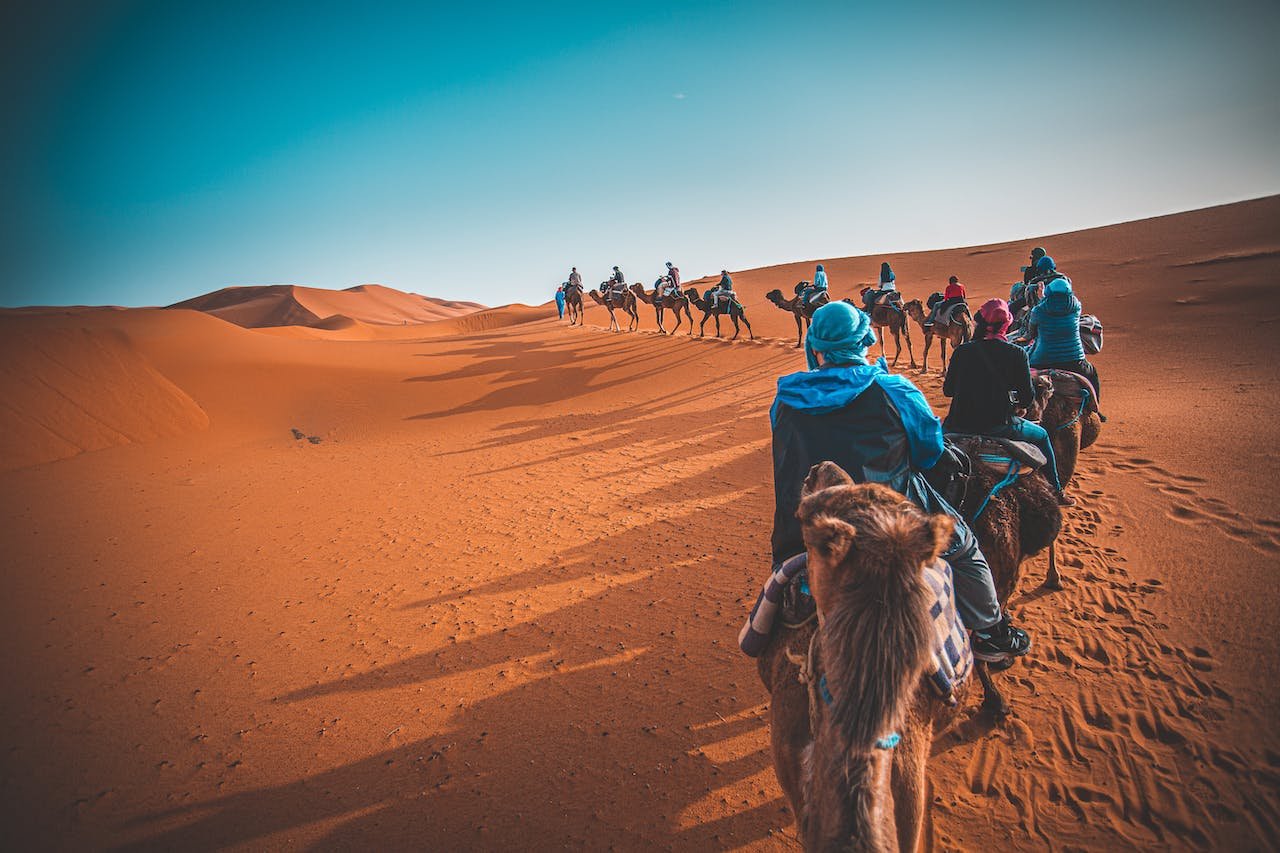The Sahara is indeed a vast desert that spans across North Africa. It holds the title of being the largest hot desert globally, covering approximately 9,200,000 square kilometers. While it is the largest hot desert, it is the third-largest overall, with the cold deserts of Antarctica and the northern Arctic being the only ones surpassing it in size.
The Sahara is characterized by its arid and inhospitable conditions, with vast stretches of sand dunes, rocky plateaus, and limited vegetation. The climate is extremely dry and hot, with temperatures often reaching high levels during the day and dropping significantly at night. Despite its harsh environment, the Sahara is home to unique ecosystems, including adapted plant and animal species. The desert has played a significant role in the history and cultures of the region, and it continues to be a subject of scientific research and exploration.
The Sahara is indeed a vast desert that spans across North Africa. It holds the title of being the largest hot desert globally, covering approximately 9,200,000 square kilometers. While it is the largest hot desert, it is the third-largest overall, with the cold deserts of Antarctica and the northern Arctic being the only ones surpassing it in size.
The Sahara is characterized by its arid and inhospitable conditions, with vast stretches of sand dunes, rocky plateaus, and limited vegetation. The climate is extremely dry and hot, with temperatures often reaching high levels during the day and dropping significantly at night. Despite its harsh environment, the Sahara is home to unique ecosystems, including adapted plant and animal species. The desert has played a significant role in the history and cultures of the region, and it continues to be a subject of scientific research and exploration.



